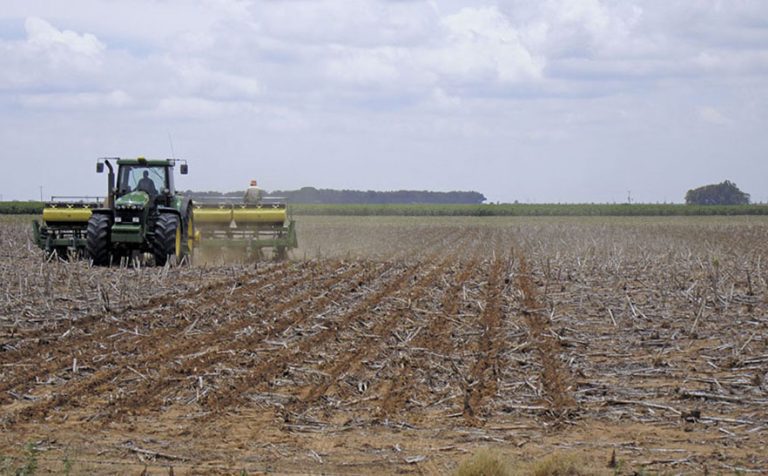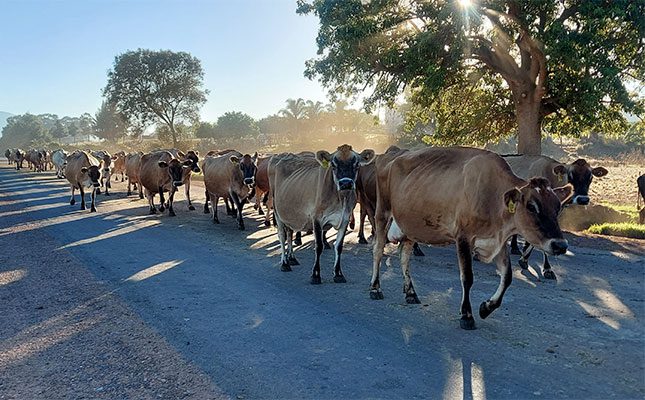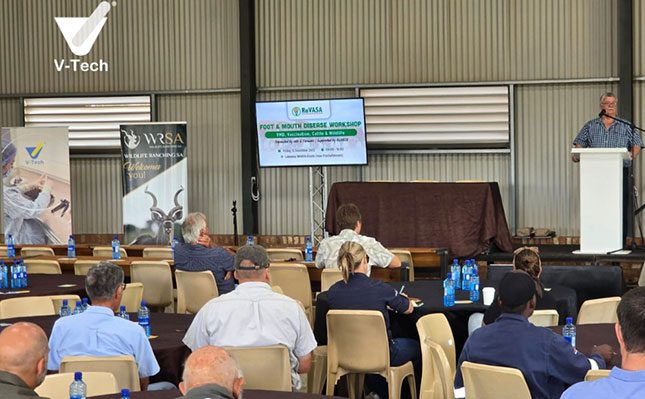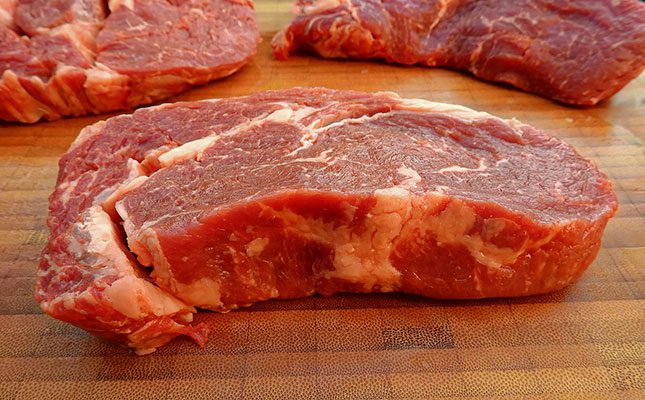
AGFACTS Newsbrief estimated the total tractive power in the South African tractor park at 8,72 million kW in 2024. This is 6% higher than in 2023 (8,21 million kW), 32% higher than a decade ago (6,48 million kW), and nearly double the 4,37 million kW of 2004.
The tractive power of tractors younger than ten years old is currently 5,33 million kW, up 13% on the 4,71 million kW of 10 years ago, and almost 86% up on the 2,87 million kW of 20 years ago.
The proportion of the overall tractive power younger than 10 years old, nevertheless, has declined from 66% 20 years ago to 61%, whereas the five-year moving average power of tractors in the park has increased from 76 kW 20 years ago to 79,5 kW 10 years ago and 83,3 kW currently.
AGFACTS in January gave a breakdown of the number of units in the tractor park. The current tractor park consists of 108 901 units, which is almost 6% higher than the 102 874 units of 2023, 31% up on the 83 098 units of 2014 and 73% more than the 62 983 units in 2004.
The proportion of tractors in the park younger than 10 years old was a minimum of 36% 31 years ago but now stands at just over 60% of the overall park. This figure is down on the figure of 72% in 2015.
The proportion of tractors less than five years old amounted to about 35% in 2024, which is significantly lower than the 42% of 2014 and 43% of 2012.
Based on this data, Dr Jim Rankin, CEO of AGFACTS, told Farmer’s Weekly that roughly 5 000 to 6 000 tractor units would be needed to be sold per year to sustain the size and power of the tractor park.
More powerful tractors
Lucas Groenewald, sales manager at John Deere Southern Africa, ascribed the trend towards more powerful tractors to various factors.
He said that tractors became cheaper per kilowatt the more powerful they became, because it took just as much effort to produce a small tractor as a more powerful one.
The choice of which tractor to buy, however, still greatly depends on what it will be used for and the size of the land on which it will be used.
“Most of the tractors sold by John Deere in South Africa average around 75kW,” he said.
More powerful tractors are also able to cover larger areas than smaller tractors in one day, which is especially important in areas where production is time sensitive and doing the right action at the right time has an immense impact on production volumes and quality.
Groenewald pointed out that farmers only had a time window of three weeks in which to plant summer grains in the eastern parts of the country.
Having one large instead of two smaller tractors is also more cost-effective and easier to manage than multiple smaller tractors. Most of the new larger tractors also came with new technologies that allowed the remote monitoring of these tractors.
“The new larger tractors come out with monitoring devices that allow manufacturers and owners to track the performance of the tractors, alert owners of problems and scheduled maintenance and identify problems remotely that can then be fixed before causing serious damage,” he said.
He added that this type of technology will also become available for smaller tractors over the next few years.









